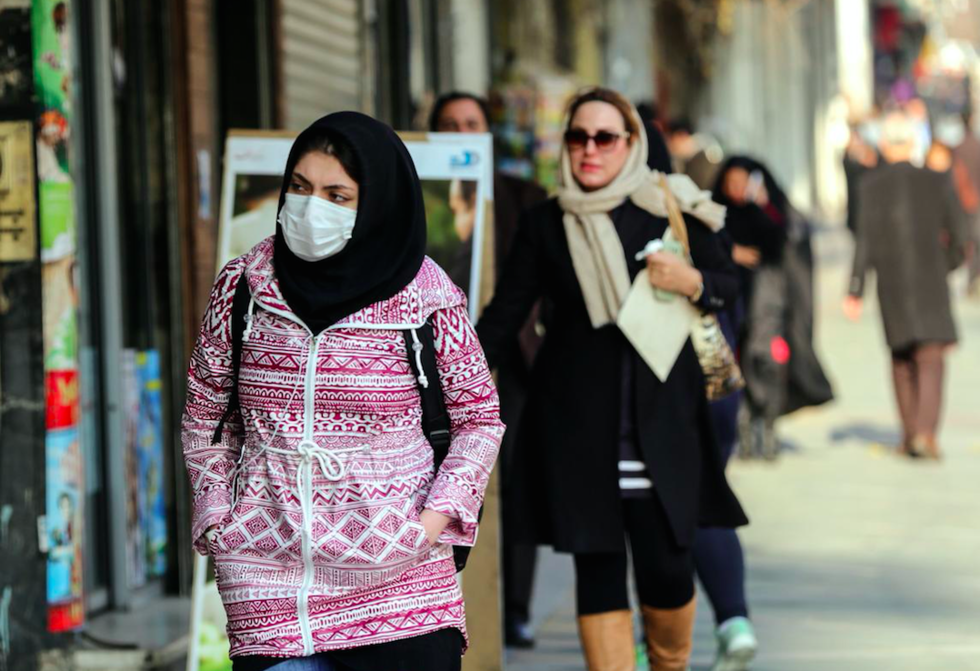Emergency measures as Tehran hit by pollution

More than two weeks of heavy pollution have led Iranian officials to ban all outdoor sport and impose new traffic restrictions as persistent cold weather exacerbated Tehran's air quality problems.
In the worst concerted period of pollution for three years, primary schools and nurseries were closed and new car exclusion zones imposed in the capital.
Tehran's air quality index averaged 159 on Wednesday, up two from the previous day, and more than three times the World Health Organisation's maximum advised level.
One area in northeastern Tehran peaked at 238.
The official IRNA news agency reported that it was the 18th straight day of dangerously bad air while newspapers quoted officials casting blame on each other for the problem and failure to tackle it.
"Our preference was to close all schools but the education ministry insisted on keeping high schools open because of final term exams," said Mohammad Heydarzadeh, secretary of Tehran's emergency air pollution committee.
https://twitter.com/ali_noorani_teh/status/682107775682359296
The cold weather is causing climate inversion - where emissions from car exhausts hang in the air rather than rising into the atmosphere above.
A decade-long central restriction zone based on car number plates was in place across the city on Wednesday, traffic police announced.
Vehicles with plates ending in an odd number are banned from roads on Saturday, Monday and Wednesday, while cars with even numbered plates are banned on Sunday, Tuesday and Thursday.
Sand and cement factories around the capital are banned from operating until Friday, the end of the Iranian week, Heydarzadeh said.
All outdoor sport activities are banned, he added, including professional football league matches.
Exhaust fumes from the five million cars and almost as many motorcycles that ply Tehran's roads account for 80 percent of its pollution, officials say.
Two permanent zones of traffic restrictions introduced in 1979 and 2005 have failed to rectify Tehran's poor air quality.
The deputy chief of Iran's Department of Environment, Saeed Motasaddi, told the ISNA news agency that urban sprawl was to blame, saying that the fast growth in urbanisation was fanning pollution.
He accused the municipality of making a profit by issuing too may out construction permits, dubbing a horrible mistake that had to be dealt with immediately.
While Tehran is the epicentre the pollution also closed primary schools in other major cities including Isfahan, Qom, Arak and Tabriz.
Weather forecasters predicted that air quality would improve after expected rainfall on Wednesday evening.
Last December, almost 400 people were taken to hospital with heart and respiratory problems caused by heavy pollution in Tehran, with nearly 1,500 others requiring treatment.
In 2012, pollution contributed to the premature deaths of 4,500 people in Tehran and about 80,000 in the country, the health ministry said.
New MEE newsletter: Jerusalem Dispatch
Sign up to get the latest insights and analysis on Israel-Palestine, alongside Turkey Unpacked and other MEE newsletters
Middle East Eye delivers independent and unrivalled coverage and analysis of the Middle East, North Africa and beyond. To learn more about republishing this content and the associated fees, please fill out this form. More about MEE can be found here.


